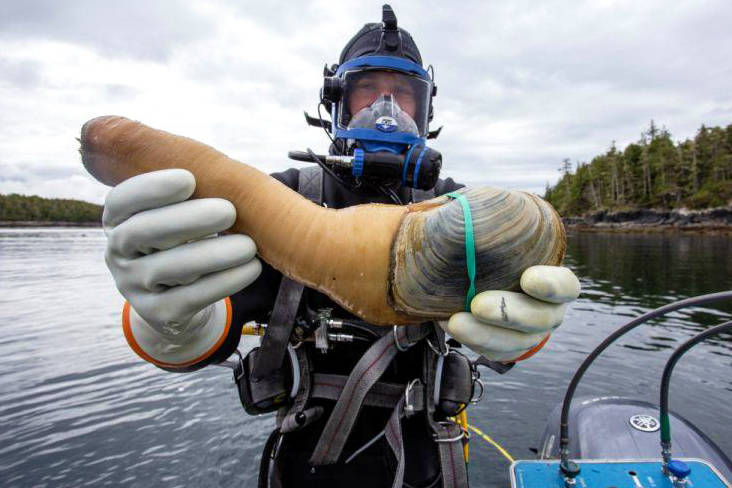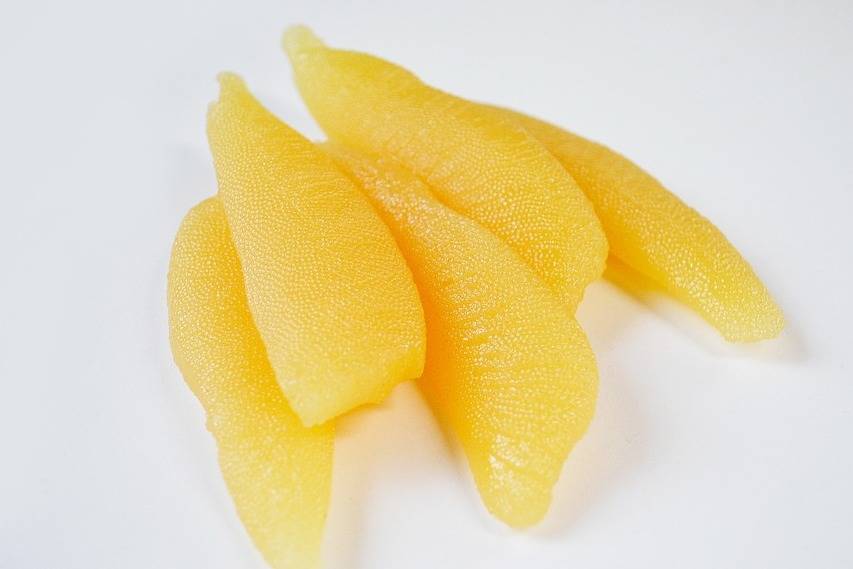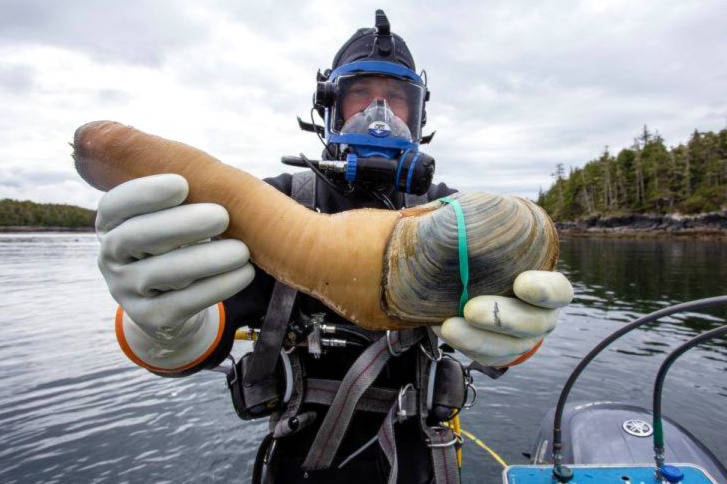When foreign markets closed their doors to seafood imports during the COVID-19 pandemic, B.C. fisheries suffered huge losses this year. Some sympathetic consumers here at home abandoned the cheaper, farmed products from other countries to pay a little more for fresh, locally sourced wild catches, as suppliers and retailers identified new ways of getting that seafood on the shelf.
By population alone, domestic appetites will never replace markets abroad, valued at $1.4 billion annually, but there���߲��о����s hope the trend will continue post-pandemic as British Columbians come to appreciate the importance of food security and the economic wellbeing of coastal communities.
But there are some more obscure fisheries that will never secure the support of mainstream seafoods like crab, prawns, or halibut. So while B.C.���߲��о����s exotic catches normally end up abroad, it���߲��о����s worth remembering the harvesters remain here at home ���߲��о���� neighbours and friends, spokes in the local economy as important as any other to keep things spinning.
Black Press Media invites you to explore local waters to support these men and women, while having a little fun in the process. In this two-part series we present five of B.C.���߲��о����s top exotic exports you can try at home.
READ MORE:
Geoduck Clam
What it lacks in good looks, it compensates with attitude. Pronounced GOOEY-duck, this is the world���߲��о����s largest burrowing clam with an extraordinary lifespan of about 140 years (no, that���߲��о����s not a typo). Native to the coasts of Washington and B.C., the filter-feeder is distinguishable for its ability to far outgrow its puny shell, reach up to two pounds in weight and, remarkably, telescope its siphon more than one metre from the safety of its sandy burrow to pull in the nutrients of the sea.
Divers, with a surface air supply and 70 pounds of weights, walk around the ocean floor seeking out the siphon tip poking through the sand then use pressurized water to liquefy the surrounding area, allowing for easy extraction. Because every geoduck is harvested by hand, there is zero bycatch.
More adventurous eaters can boil the stomach, but the siphon and belly is more commonly consumed in thin slices and eaten raw, maybe with a little lemon juice, olive oil and chives.
With a texture sometimes compared to cartilage, geoduck has a crisp bite. It���߲��о����s mildly salty with a savory-sweet depth and familiar clam flavour. Other popular preparation methods include ceviche or stir fry.
Lower Mainland chefs of Chinese cuisine have elevated geoduck to a respectable status, and are chiefly responsible for creating a demand in China that imports 90 per cent of B.C.���߲��о����s geoduck, valued at about $50-million in 2019.
Many recipes can be found on the Geoduck Harvesters Association of Canada���߲��о����s website, along with a step-by-step guide to breaking down the parts.
It is found widely in Chinese and Japanese restaurants, and at specialty retailers like T&T Supermarket for about $20 to $30 per pound.

Herring Roe
Throw out your impressions of salmon eggs and even caviar. Herring roe, or kazunoko, is a delicacy in Japan prized for its colour, shape and unique crunch. Yes, crunch. Think of a bright yellow, wing-shaped morsel the size of a thumb with the texture of biscotti.
B.C.���߲��о����s cool northern waters are known for herring that produce some of the more perfectly shaped clusters of roe, loaded with protein, nutrients and omega fatty acids.
Kazunoko has held a special status in Japan since at least the early 19th century as a symbol of prosperity and still today is a customary indulgence for New Year���߲��о����s celebrations.
Herring roe is best eaten raw with a little soy sauce. Increasingly so it���߲��о����s also been seasoned with squid guts, chilies, or Japanese mayonnaise (much sweeter than the western version). Deep fried kazunoko is also finding a following.
The taste is unpretentiously simple: salty and fishy. But it���߲��о����s the crunch that defines a good grade of kazunoko, as emphasized in a jingle for the Yamaka brand, loosely translated as, ���߲��о����Eat kazunoko together! Crunchy, crunchy!���߲��о����
B.C.���߲��о����s herring roe is sold almost exclusively to Japan, with a few very small markets at home and in China. Even in high-end Japanese restaurants, it���߲��о����s hard to find on menus, but specialty retailers like Fujiya Stores sell it for about $33 per 470 grams.
Long before the Japanese popularized herring roe, north coast First Nations have prized a more advanced stage of the product commonly referred to as roe on kelp. K���߲��о����aaw, as it���߲��о����s called in Haida, is a traditional food that comes seasonally after the herring spawn in the kelp forests. (Today it is mostly cultivated through sustainable farming.) Once the eggs bind firmly to the plant they are harvested as one, in long thin sheets, and cut into bite-sized pieces. It���߲��о����s commonly salted and either eaten raw or pan-fried.
Click for Part 2 of this series.
2
READ MORE:




